In the “Freedom” timber sale, an environmental group says the State of Washington’s request for compensation is aimed at muzzling dissent
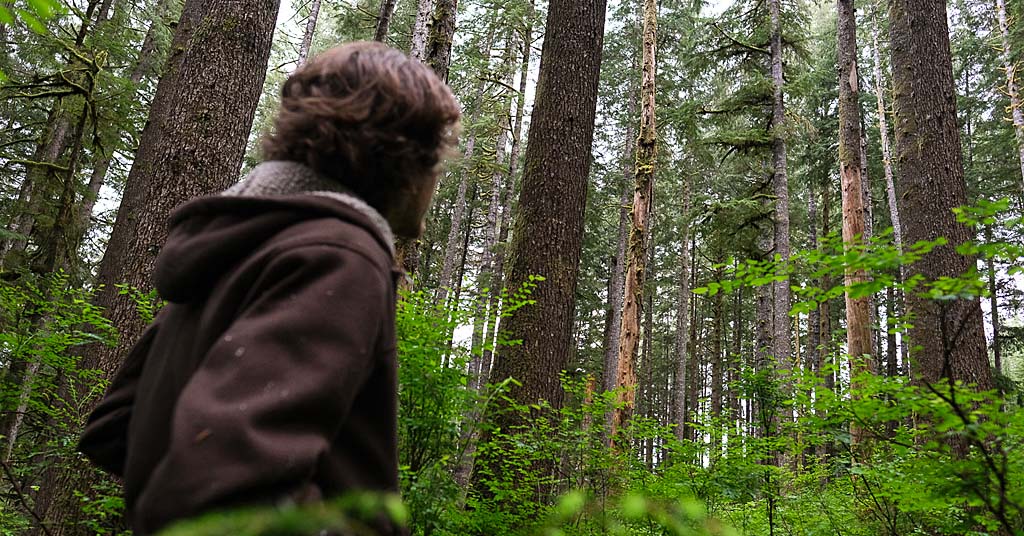
Come on down? The $3 million price was right for Stimson Lumber, which to purchased over 8,500 metric board-feet of hemlock and Douglas fir on state forestland 17 miles northeast of Naselle, Wash. Photo: Riley Yuan/Chinook Observer
By Nick Engelfried. April 17, 2025. In one of the last old forests in Southwest Washington’s Pacific County, near the mouth of the Columbia River, century-old Douglas firs stand 200 feet high, overshadowing western hemlocks and an understory of vine maple, huckleberry and sword fern.
The area was logged around 1928, before the advent of industrialized timber harvesting methods. Since then, it has regenerated into a healthy ecosystem with remnant 160-year-old trees.
Very soon, 138 acres of this forest could be logged again, this time by Portland-based Stimson Lumber, which won rights to harvest it in the “Freedom” timber sale offered by the Washington State Department of Natural Resources last year.
“There is so little native forest left in Southwest Washington,” says Stephen Kropp, founder of the Legacy Forest Defense Coalition (LFDC). “Some people would like to turn the Lower Columbia into one big tree farm, and they’re already most of the way there. It makes no sense to cut these last remaining naturally mature forests.”
Kropp’s organization has filed suit to stop the Freedom sale, arguing DNR failed to assess for structurally complex forest before offering the land to be logged.
In their own legal motion, however, lawyers for DNR and Stimson Lumber wrote: “LFDC asserts that ‘DNR never conducted any review or analysis to determine whether the Freedom stands contain structurally complex forests.’ … DNR, however, has conducted multiple surveys of the Freedom Timber Sale area, specifically on September 28, 2022 and December 15, 2022, and determined that the forest in that area is not structurally complex.”
The legal fight resembles others unfolding across western Washington, where environmental groups are litigating to stop the logging of maturing, older ecosystems they refer to as “legacy” forests.
The movement to protect legacy forests has gained traction in recent years, even surfacing in last year’s election for the position of State Commissioner of Public Lands.
Legal questions at stake in the Freedom timber sale fight, such as whether DNR surveyed for structurally complex forest, or just old-growth, will be familiar to anyone who has followed the last few years’ wrangling over management of old forests on state lands.
LFDC has asked the courts to grant an injunction against logging while the case is considered.
However, it seems likely the trees affected by the Freedom sale will be cut down before courts can reach a final decision on the merits of LFDC’s case.
That’s because in order to receive an injunction, the organization has been ordered to post almost a quarter million dollars in bond before the end of the month, to cover costs DNR says it will incur if logging is delayed.
LFDC disputes whether the bond represents a fair assessment of losses the state is actually likely to suffer, or is merely an attempt to silence organizations that seek to challenge logging through the legal system.
“DNR is demanding that we compensate them for imaginary financial losses that do not exist, and which they know we cannot pay,” says Kropp. “It’s simply an attempt to kill this lawsuit.”
Calculating losses
Last year, Stimson Lumber won the Freedom sale auction, bidding $3,068,602 for rights to harvest the affected area.
If logging goes as planned, this money will go to DNR and be distributed to Pacific County, its junior taxing districts and the state university system.
DNR legal documents claim delaying logging will mean financial losses for the agency and those beneficiaries, including “lost growth opportunity from newly planted timber stands following harvest, and costs associated with delays of reforestation.”
In short, a longer logging timeframe will disrupt DNR’s plans to replant the area and postpone the growth of a new crop of trees that will eventually be harvested.
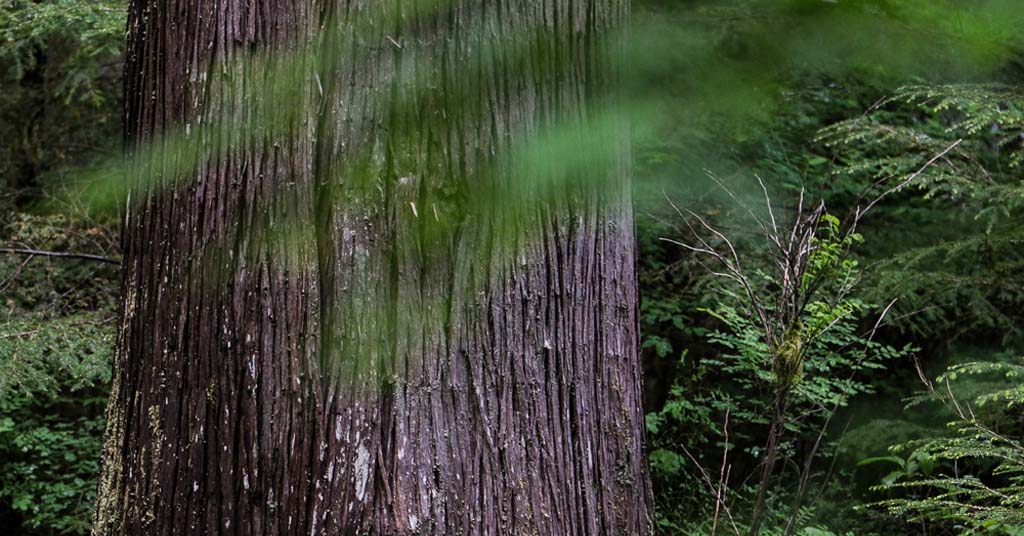
Aging gracefully: A DNR timber report said the Freedom parcel includes “nice looking wood,” like this western red cedar. Photo: Riley Yuan/Chinook Observer
The court order requires that LFDC post a bond of $240,437 to compensate DNR for these costs. The intent is to prevent an unsuccessful lawsuit from resulting in financial losses for the state.
However, fairly calculating the potential losses from a delayed timber harvest is complex.
Once a timber sale is made, the winning company typically has two annual harvest seasons in which to remove the trees, after which the area is replanted.
Logging may take considerably less than the full two years, however, making it unclear how much a delay of six months would actually affect DNR’s replanting timeline.
“In practice, the work of logging typically takes less than a year to complete,” says Kropp. “It’s very unlikely a six-month injunction would prevent Stimson from finishing all the required work within the two-year timeframe.”
In its legal motion, however, DNR and Stimson Lumber wrote that, “The contract requires Stimson to ‘complete all work required… prior to October 31, 2025.’”
What’s not in question is the hardship posting such a large bond poses for a relatively small nonprofit organization like LFDC, or what will happen to the affected forest if there is no logging injunction.
“This sale contains some of the largest and oldest trees anywhere in the lower Columbia River Basin,” says Kropp of trees slated to be razed by Stimson Lumber.
A DNR spokesperson told Columbia Insight the agency would not comment on issues related to the Freedom sale, since they involve a pending legal case.
Forest structure disputed
If the legal drama over the Freedom sale plays out to its conclusion, at issue will be whether the 138-acre tract qualifies as a “structurally complex” forest.
In forests recovering from recent logging or natural disturbance, young trees typically grow in dense, evenly aged stands. The thick canopy prevents sunlight from reaching the forest floor, resulting in a sparse understory with relatively few large shrubs.
Such ecosystems support less biodiversity, and sequester less carbon, than older forests.
In contrast, in an old-growth forest centuries-old trees grow alongside much younger specimens, making for a multilayered canopy. Light penetrating between the tree crowns feeds the growth of a rich understory of shrubs and young trees, while snags and fallen logs create valuable wildlife habitat.
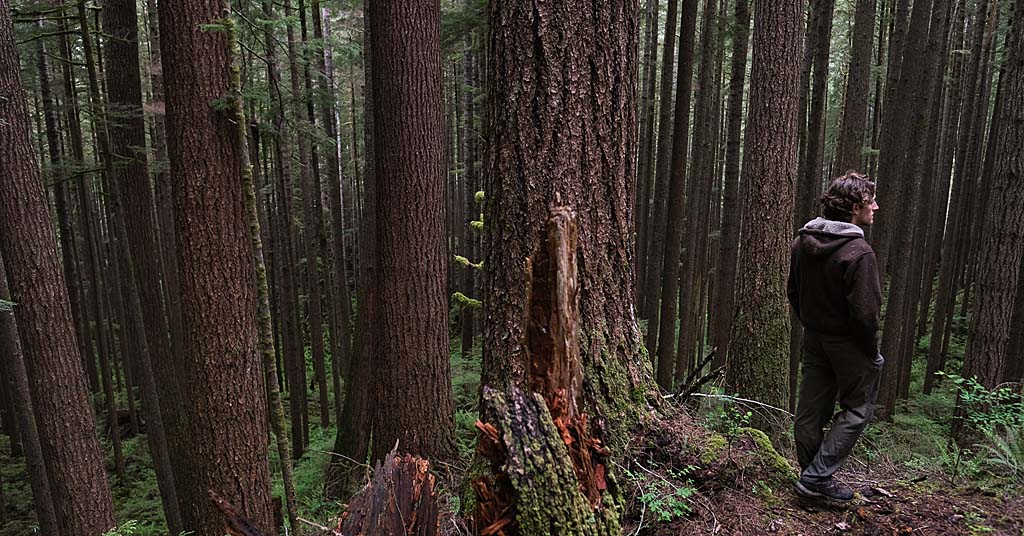
Growth potential: Environmental advocate and Legacy Forest Defense Coalition staff member Josh Wright surveys the Freedom timber sale area. Photo: Riley Yuan/Chinook Observer
No one is arguing the Freedom sale tract represents true old-growth. Only a scattering of affected trees date back to the mid-nineteenth century, which is generally considered the minimum age for old-growth in this area. According to DNR’s definition, at least 20% of trees must have reached this age for an ecosystem to qualify for the automatic protections afforded old-growth on state lands.
However, forests that don’t yet qualify as old-growth may still start displaying old-growth-like characteristics as they age, especially if they were logged only lightly in the past.
As they mature, such forests form a multilayered canopy and understory where trees of diverse ages are mixed. This structural complexity makes such forests ecologically significant, even if they aren’t old-growth.
Environmental groups coined the term “legacy forest” to refer to this kind of lightly disturbed, maturing ecosystem.
According to LFDC, the Freedom timber sale would level a legacy forest that exhibits structural complexity, and therefore serves as important habitat for wildlife.
DNR disagrees.
DNR’s rules don’t automatically exclude legacy forests from logging. However, the agency included an absence of structural complexity as part of its rationale for why the Freedom sale would have minimal environmental impact.
If that were shown to be untrue, it would complicate the legal justification for logging the forest.
LFDC argues DNR never performed a thorough assessment for structural complexity before putting the Freedom tract on the chopping block.
“No such assessment was ever conducted,” says Kropp. “There was an old-growth assessment, but even that focused only on a portion of one of five units that comprise the timber sale. And there’s no reference to structurally complex forests anywhere in their report.”
In that report, published in 2022, DNR says the forest is dominated by 95-year-old trees, with isolated clumps of 160-year-old Douglas firs.
This leaves open the question of whether parts of the forest may exhibit structural complexity.
“There is no doubt the forest is structurally complex,” says Kropp.
Photos taken by LFDC in the Freedom stand appear to show an assortment of tree sizes, a robust understory of large shrubs and other characteristics of structural complexity.
No ability to pay
A lower court ruling sided with DNR on the complexity issue, citing the principle that courts should defer to state agency expertise on technical matters.
LFDC appealed the decision and asked for an injunction on logging while a final ruling is made.
That ruling may or may not come down in LFDC’s favor. However, the bond requested by DNR means the fate of the forest will likely be decided not by the legal system running its course, but by a relatively small organization’s inability to put up nearly $250,000 in bond.
The Freedom sale isn’t the only case in which DNR has asked a court to order that LFDC post bond for receiving a logging injunction.
In legal battles over three timber sales—“Dabbler,” “Yewtube” and “Action Item”—courts denied LFDC’s request for a preliminary injunction, making the bond question irrelevant.
“These cases will probably be moot by the time we get a court hearing, because most or all of the trees will have been cut down by then,” says Kropp.
Meanwhile, in January 2024, the judge presiding over the “Last Crocker Sorts Resale” timber sale in Jefferson County granted an injunction against logging while denying DNR’s bond request.
DNR has also requested bond from LFDC in the “Next Contestant” timber sale in Mason County, where the court has yet to make a decision on the matter.
For now, the Freedom sale is the only one in which LFDC’s inability to pay a nearly quarter-million-dollar bond seems likely to be the factor that prevents the case from ever being decided on its merits.
“If we don’t pay the bond by the end of this month, which we can’t do, we will have to withdraw our lawsuit,” says Kropp. “It means the forest will be logged.”






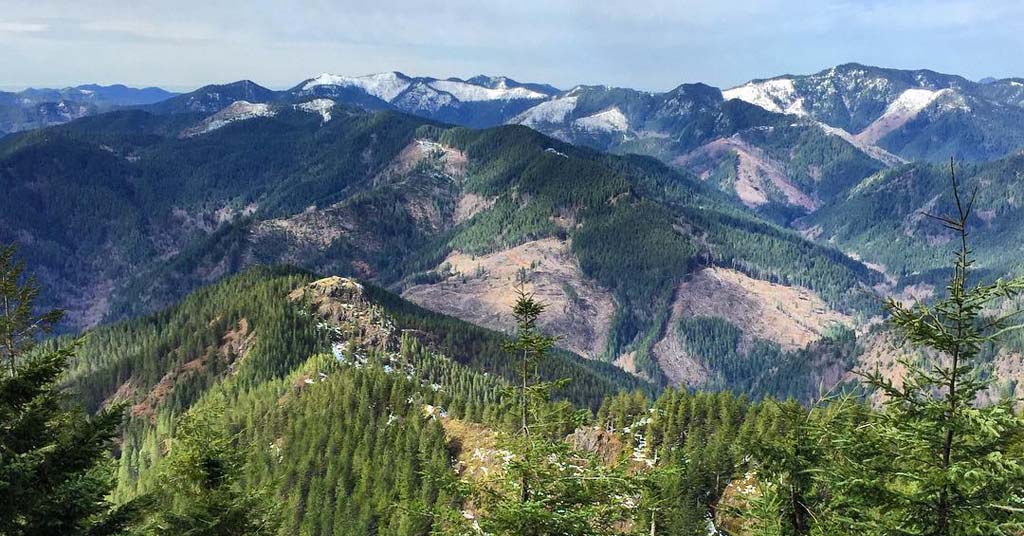
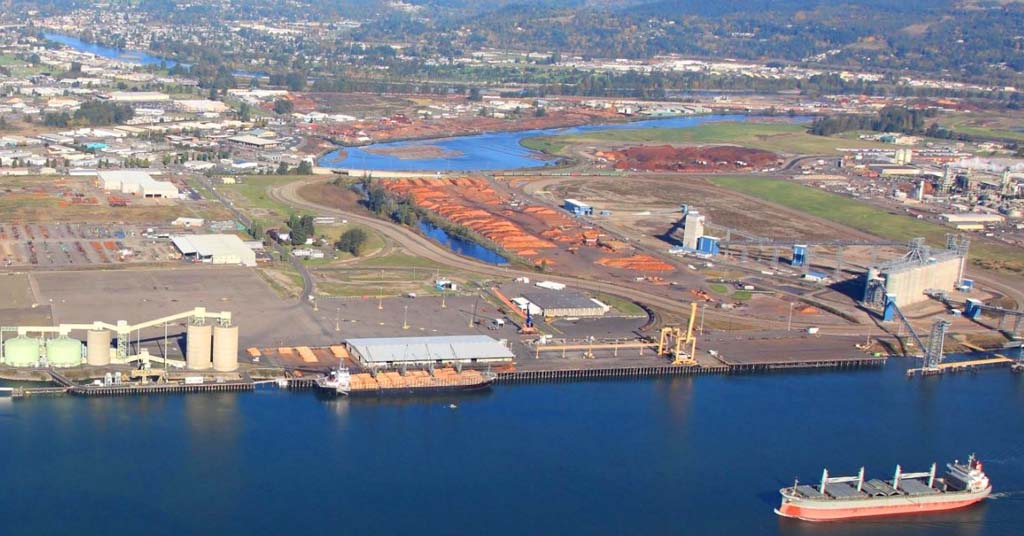



Great article. I have been following the issue with our state forests, and clearly DNR is taking advantage of its power. Unfortunately, there is a conflict of interest given the amount of money received from these timber sales. Therefore, responsible awareness and stewardship is undermined, leading to a failure to understand the importance of these rare forests alive. We only have a small percentage left. Why not protect them? The critical Ecosystem Services forests like this provide are essential for not just healthy ecosystems, but for the people and planet as well, which is not being recognized. Plus, we have logged and overdeveloped to such an extreme that biodiversity loss is skyrocketing. Humans rely on biodiversity for survival. However, there are other critical factors that are not being addressed. For example, the fact that structurally complex forests mitigate wildfire. They hold much more moisture and density than a plantation. And even more so than the Amazon, our PNW forests are very special and unique, given that they create their own rain and weather systems. Logging creates extreme heat, dry, and windy conditions. Add the pesticide use and the invasive species it promotes, and it becomes down right dangerous and irresponsible. We are seeing the consequences of this in many ways. This aspect alone should be reason enough to save our structurally complex forests. Either way it’s going to cost us money, but do we also want to cost valuable lives and the health of the people and planet? Carbon sequestration is another huge element that we dismiss with allowing logging to continue in this way. We must be willing to change our practices as a society, and not let money be the only deciding factor.
“The area was logged around 1928, before the advent of industrialized timber harvesting methods.”
cough, cough
Argue from a bad premise and you will reach bad conclusions.
“During the 1880s the lumber industry was also transformed by major technological developments, particularly the donkey engine, patented in 1881.”
“Sometime after 1905 loggers developed a new way to use donkey engines. Instead of yarding logs across the ground, workers could use donkey engines to haul logs through the air by suspending cables and pulleys from the top of a tall tree called a spar tree.”
“Technological developments, railroad expansion, and the arrival of large corporations transformed Washington’s lumber industry, making it the dominant player in the state’s economy. In 1879 the state’s lumber production was 160 million board feet; by 1890 production had skyrocketed to over one billion board feet. In 1919 Washington produced 4.9 billion board feet of lumber. The timber industry became Washington’s largest employer: a 1910 study by the U.S. Bureau of Corporations found that 63 percent of the state’s wageworkers directly or indirectly depended on it for jobs. In 1905 Washington became the nation’s leading producer of timber, a position it held until the late 1930s, when it was surpassed by its neighbor to the south, Oregon.”
https://www.washington.edu/uwired/outreach/cspn/Website/Classroom%20Materials/Curriculum%20Packets/Evergreen%20State/Section%20II.html
This article fails to mention that the superior court already ruled on this case and the DNR won. DNR and the lumber company voluntarily agreed to pause logging during the initial trial. The enviros appealed and now have to put up a bond.